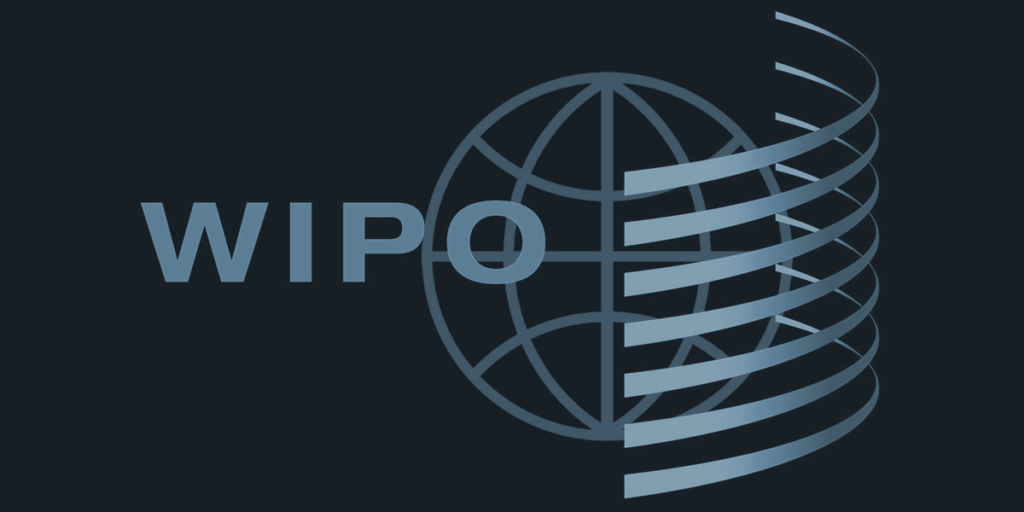The World Intellectual Property Organization (WIPO) is a specialized agency of the United Nations (UN) responsible for promoting and protecting intellectual property (IP) rights worldwide. It was established in 1967 and is headquartered in Geneva, Switzerland.

Key Functions of WIPO
WIPO plays a crucial role in:
- Developing international IP laws and policies.
- Managing global IP registration systems.
- Assisting countries in strengthening their IP laws.
- Resolving IP disputes through arbitration and mediation.
- Conducting research and publishing reports on IP trends.
Member Countries
- WIPO has 193 member states, making it a global organization.
- Each member country works towards harmonizing its IP laws with international standards.
Main Areas of Intellectual Property Covered by WIPO
- Patents – Protects inventions and technological advancements.
- Trademarks – Secures brand names, logos, and symbols.
- Copyrights – Protects literary, artistic, and musical works.
- Industrial Designs – Covers the aesthetic aspects of a product.
- Geographical Indications (GIs) – Protects products linked to specific locations.
- Trade Secrets – Covers confidential business information.
FAQs
WIPO’s Global IP Registration Systems?
WIPO provides international registration systems for securing IP rights in multiple countries. Key systems include:
| System | Purpose |
|---|---|
| Patent Cooperation Treaty (PCT) | Single international patent application system |
| Madrid System | Global trademark registration system |
| Hague System | International design registration system |
| Lisbon System | Protection for geographical indications |
WIPO's Role in Dispute Resolution?
- WIPO Arbitration and Mediation Center provides alternative dispute resolution (ADR) for IP conflicts.
- It helps in domain name disputes, licensing disagreements, and copyright issues.